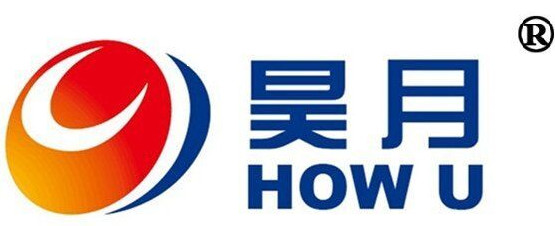The Principle of Superabsorbent Polymers
Sodium Polyacrylate-Basic Edition
30/04/2019SAP Superabsorbent Polymers For Industry Application
07/07/2019
At present, in the world of superabsorbent polymer production, polyacrylic acid accounts for 80%.
The superabsorbent polymer is generally a polymer electrolyte containing a hydrophilic group and a crosslinked structure. Before water absorption, the polymer chains are entangled with each other and crosslinked into a network structure to achieve overall fastening. Upon contact with water, water molecules penetrate into the resin by capillary action and diffusion, and the ionized groups on the chain are ionized in water. The polymer chain stretches and swells due to the electrostatic repulsion between the ions on the chain. Due to the electrical neutrality requirement, the counter ions cannot migrate to the outside of the resin, and the difference in ion concentration between the internal and external solutions of the resin forms a reverse osmotic pressure. The water further enters the resin under the action of reverse osmosis pressure to form a hydrogel. At the same time, the cross-network structure and hydrogen bonding of the resin itself limit the infinite expansion of the gel. When a small amount of salt is contained in the water, the reverse osmosis pressure is lowered, and at the same time, the polymer chain shrinks due to the shielding effect of the counter ion, and the water absorbing ability of the resin is greatly lowered. Generally, the water absorbing ability of the superabsorbent resin in a 0.9% NaCl solution is only about 1/10 of that in deionized water.
This article comes from the network.
